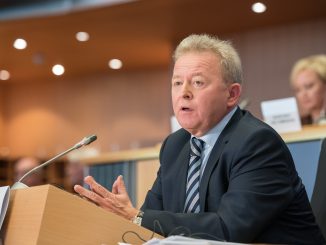By Dolores Byrne (RBAPS Project Ecologist Sligo IT, Ireland)
“Nobody doubts the need to protect the rural environment and, without farmers, who is going to do that? As I have said on many occasions, farmers are our “boots on the ground” to get the job done. If we are going to make increasing demands of farmers, as I believe is justified, then they deserve to be rewarded for the costs associated with the provision of those public goods, from which all of society benefits” – Phil Hogan, EU Agriculture Commissioner, at the Agricultural Outlook Conference, 6th December 2016, Brussels.
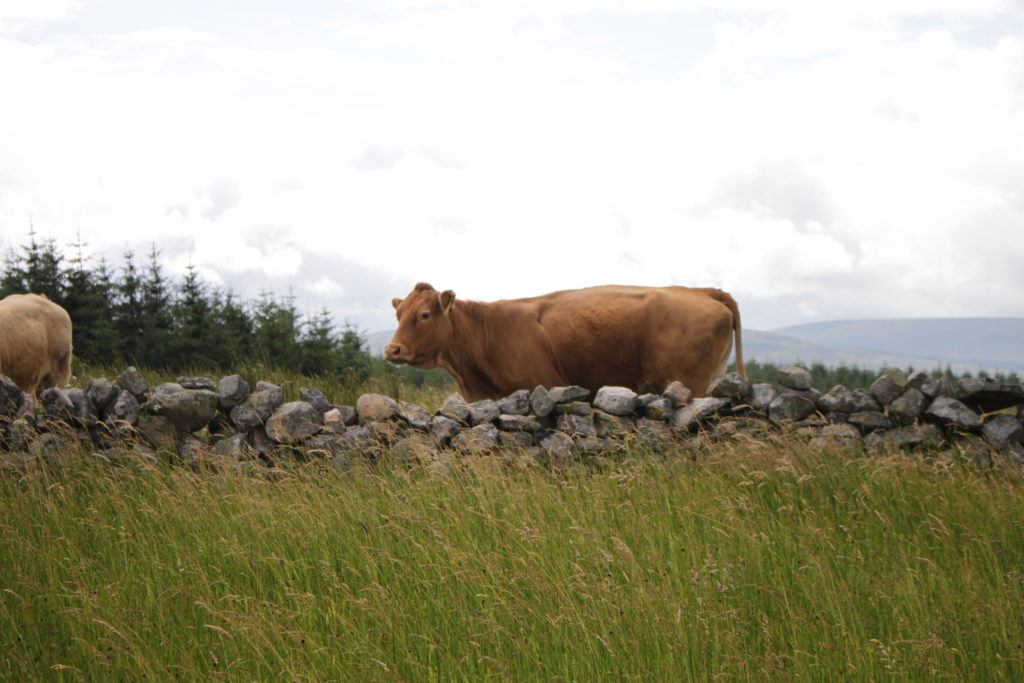
The value of producing public goods (biodiversity, clean air, water etc.) through farming has been acknowledged by substantial European investment in agri-environment schemes over the past 30 years.
But are one-size-fits-all agri-environment schemes the right mechanism to deliver supports to those farmers providing high quality public goods?
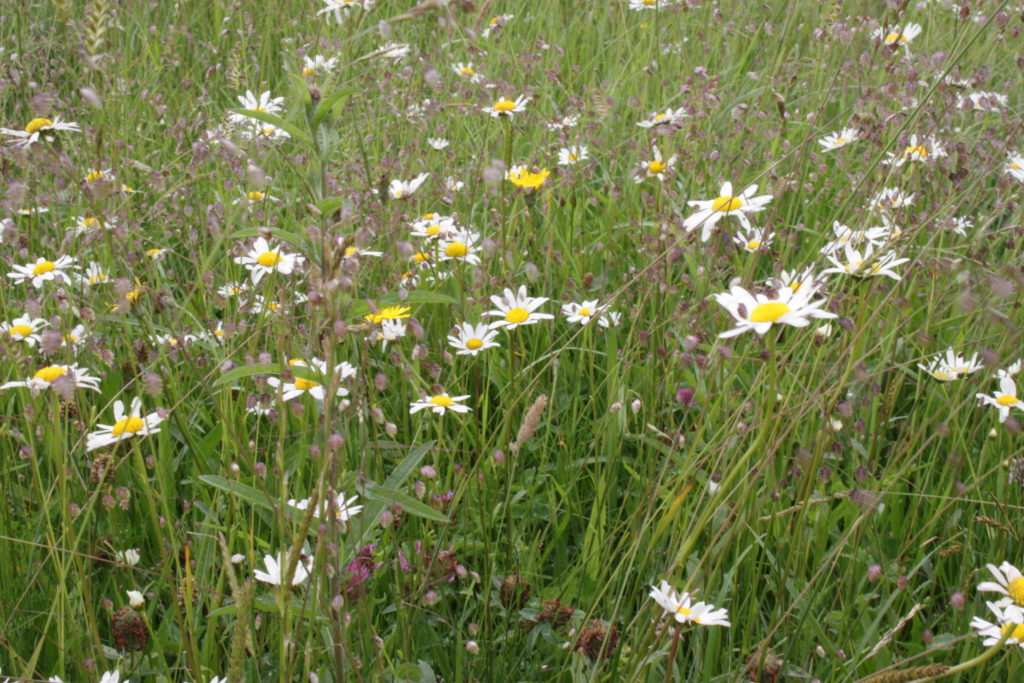
Certainly, research shows mixed benefits from agri-environment schemes, and the status of biodiversity associated with farmland continues to decline. Maintaining extensive farming practices which sustain High Nature Value farmland (HNVf) and associated habitats and wildlife is essential to halt biodiversity declines. However, the benefits of supporting farmers in HNVf areas go beyond providing habitat for wildlife. A recent EPA publication ‘Co-benefits for water and biodiversity from the sustainable management of High Nature Value farmland’ notes that there is a strong spatial relationship between HNVf and rivers in good ecological status.
Clearly there is a need to create an environmental market which adequately values and rewards farmers for the quality of public goods they produce.
One potential tool for enhanced targeting of financial supports to farmers in HNVf areas could be through wider application of results-based agri-environment schemes. In these schemes, payments are linked to the quality of the environment and biodiversity produced on the farm. It operates on a simple principle – higher payments go to farmers producing higher quality environmental goods. This principle is already in operation in the highly-regarded Burren Programme, where farmers are paid for both results they achieve in terms of providing species-rich grasslands and for undertaking actions that facilitate those results (this is considered a blended results-based model).
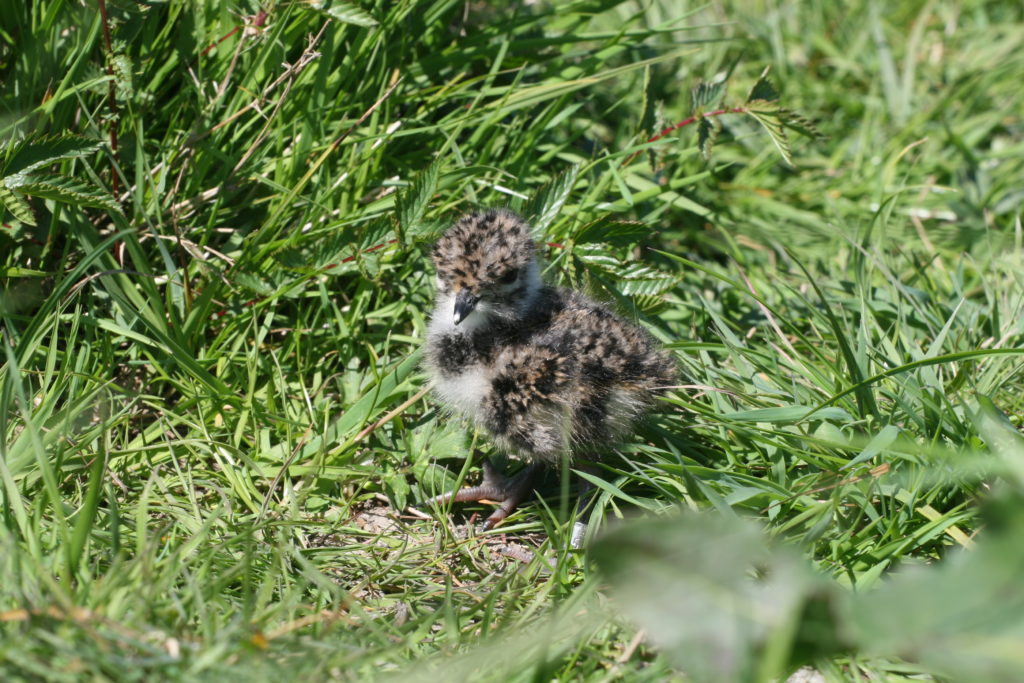
The results-based approach is the central idea behind the EU-funded Results Based Agri-environment Pilot Scheme (RBAPS) 2015-2018 project, which is working with farmers and stakeholders in Ireland and Spain across three sites, to develop ways to reward farmers for delivering biodiversity on their lands. The three pilot locations were chosen because they are set within HNVf areas and offer contrasting farming methods, climate and physical challenges.
The RBAPS scheme has seven measures spread over the three pilot areas.
In the suckler beef and sheep systems of County Leitrim, north-west Ireland there are two measures – i) Species-rich Grasslands and ii) Species-rich Grasslands supporting Marsh Fritillary. Afforestation and abandonment are considered to be the primary pressures acting on these grasslands.
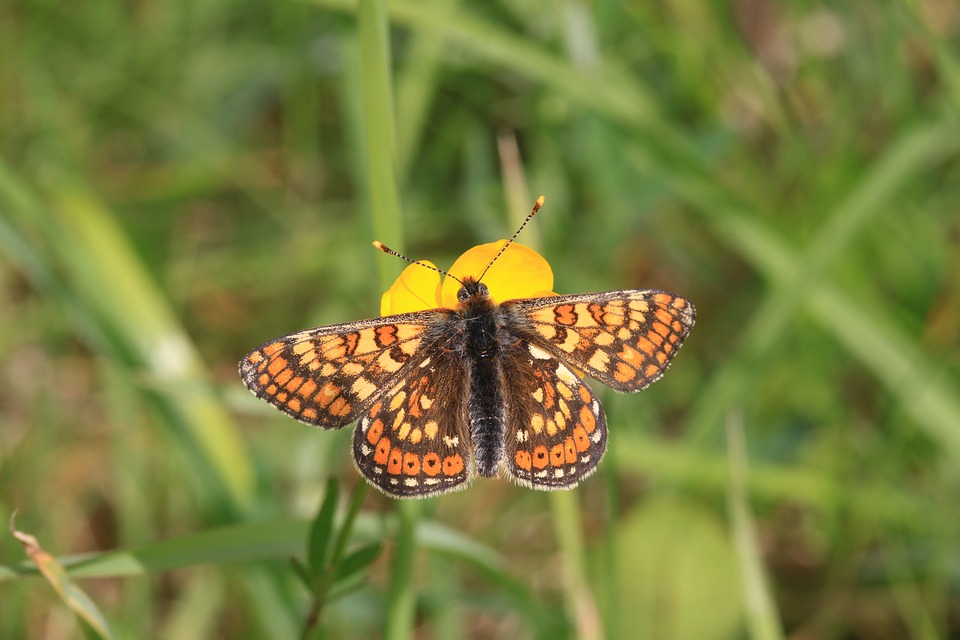
Along the flooded riverplain of the River Shannon, in Counties Roscommon, Offaly and Galway (the Shannon Callows), Ireland there are three measures- iii) Breeding Wader Bird Habitat; vi) Species-rich Flood Meadows and v) Ground-nesting birds with Species-rich Flood Meadows. Farming systems are cattle grazing – mainly beef and suckler, with some dairy. Intensification and lack of management impact on the meadows, whilst breeding wader numbers have suffered declines due to increased incidences of summer flooding, as well as intensification.
In the Mediterranean region of Navarra, Spain the measure being trialled is a traditional perennial crop mosaic measure, where the crops include almonds, olives and vineyards. These croplands support a wide range of plants, small mammals, reptiles and insects. Where vineyards and olive groves are intensified, the herbaceous cover is removed by ploughing or herbicide application, with negative impacts on soil stability and water quality. By contrast, uneconomical almond groves have been abandoned.
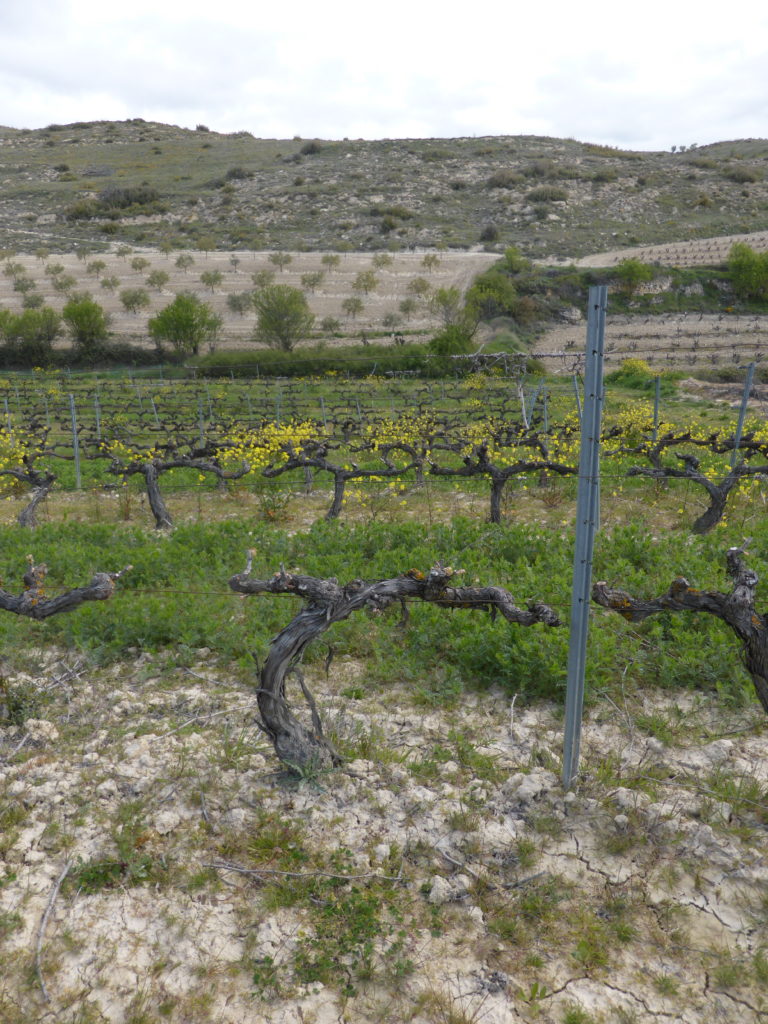
Working with farmers and other stakeholders across these diverse pilot areas, the RBAPS teams have been identifying and developing robust indicators which are reliable indicators of the quality of farmland for the species or habitat which the scheme measure target. Indicators must be fair to the farmer and be within their control. Advice is provided to participating farmers through local RBAPS teams on how best to achieve the result on their land. However, the farmers are able to decide on the best course of action for them and their farming conditions to deliver the measure.
Payment levels are area-based and are linked to the score obtained. Increasing payment is available in increments up to the maximum payment for a score of 10. Tiered payment levels provide financial incentive to the farmer to deliver the highest quality environmental product in their particular farm setting. Payments are also available for undertaking actions, such as creation of scrapes for breeding waders, which enhance the quality of the biodiversity being delivered.
Fifty-two farmers engaged in the RBSPS project in 2016, entering 259 hectares across the seven measures. The RBAPS teams assessed 224 land parcels, resulting in €81,136 being made in payments to participating farmers in the three pilot areas. The average score per land parcel was 6.7 out of 10. Farmer contracts will be administered again in 2017 and the final project findings will be delivered in 2018.
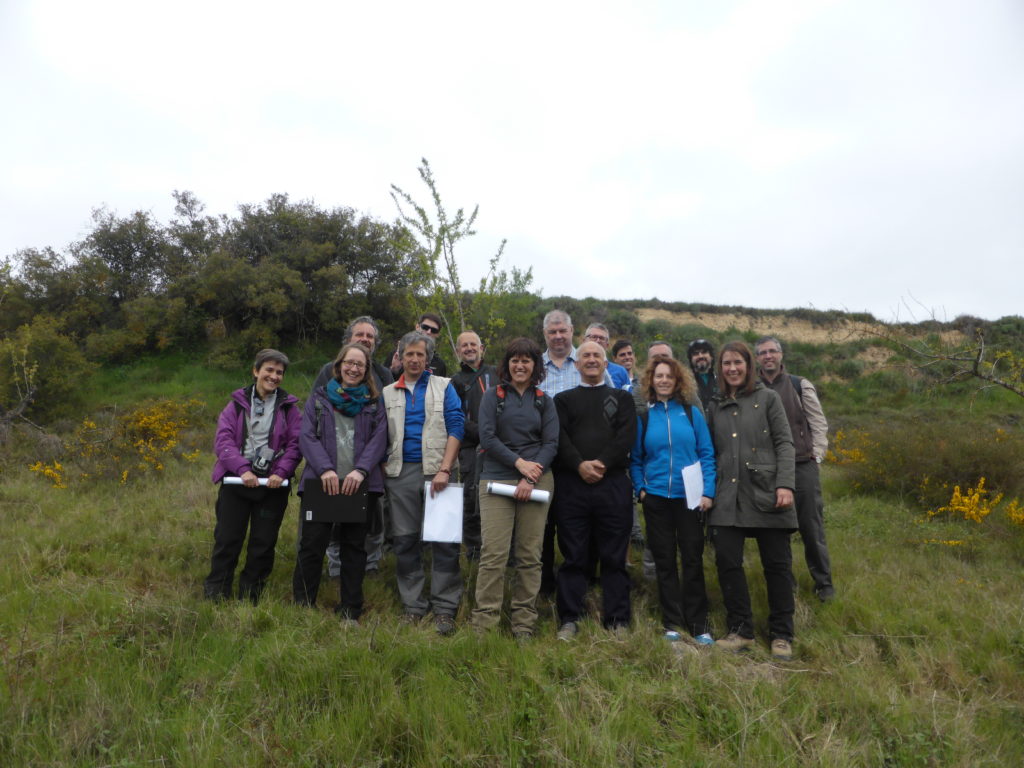
By putting management choices back in the hands of the farmer it is hoped that better environmental and biodiversity results can be produced through agri-environment measures, and in a manner that is targeted to individual farms and more cost-effective for taxpayers.
Well-designed results-based agri-environment schemes can deliver quality results for money invested, a concept at the heart of the EU Budget Focused on Results initiative, which states that “moreover, the results of spending should be evident – both on paper, and on the ground”.
The potential of results-based schemes is being recognised and members of the RBAPS team and IT Sligo (through the HNV Ireland Officer) have been providing advice on integrating results-based elements into the first call for European Innovation Partnerships in Ireland.
And, as part of the run-up to discussions on CAP post 2020, the EU is hosting a seminar on Thursday March 30th entitled Results-based agri-environment schemes: Rewarding farmers for biodiversity achievements. This seminar will be attended by DG Agriculture and DG Environment representatives and by a wide range of interested groups. The Irish and Spanish pilot, along with sister pilots in the Yorkshire Dales, UK and Romania will provide insight into their projects under three main themes:
- Exploring, planning and designing results-based schemes
- Working with farmers and stakeholders
- Measurement, verification and control of results-based schemes.
The seminar can be watched live from 8.30 GMT at this link . If you miss it, you can watch via playback here (search for the date of broadcast – 30th March). For more information on RBAPS Ireland and Spain visit www.rbaps.eu or on High Nature Value farmland in Ireland . RBAPS recently featured on the Irish agricultural programme Ear to the Ground
More #ARC2020 articles on High Nature Value Farming
Our 2015 brouchure and video series include features on High Nature Value farming
Sebastian Lakner has had many articles on the ARC2020 website on how CAP works – or doesn’t work – for biodiversity. You can find them here.
More
CAP Greening failing farmers and nature
CAP Greening threatens ecologically precious land
Seeding the future of rural areas


